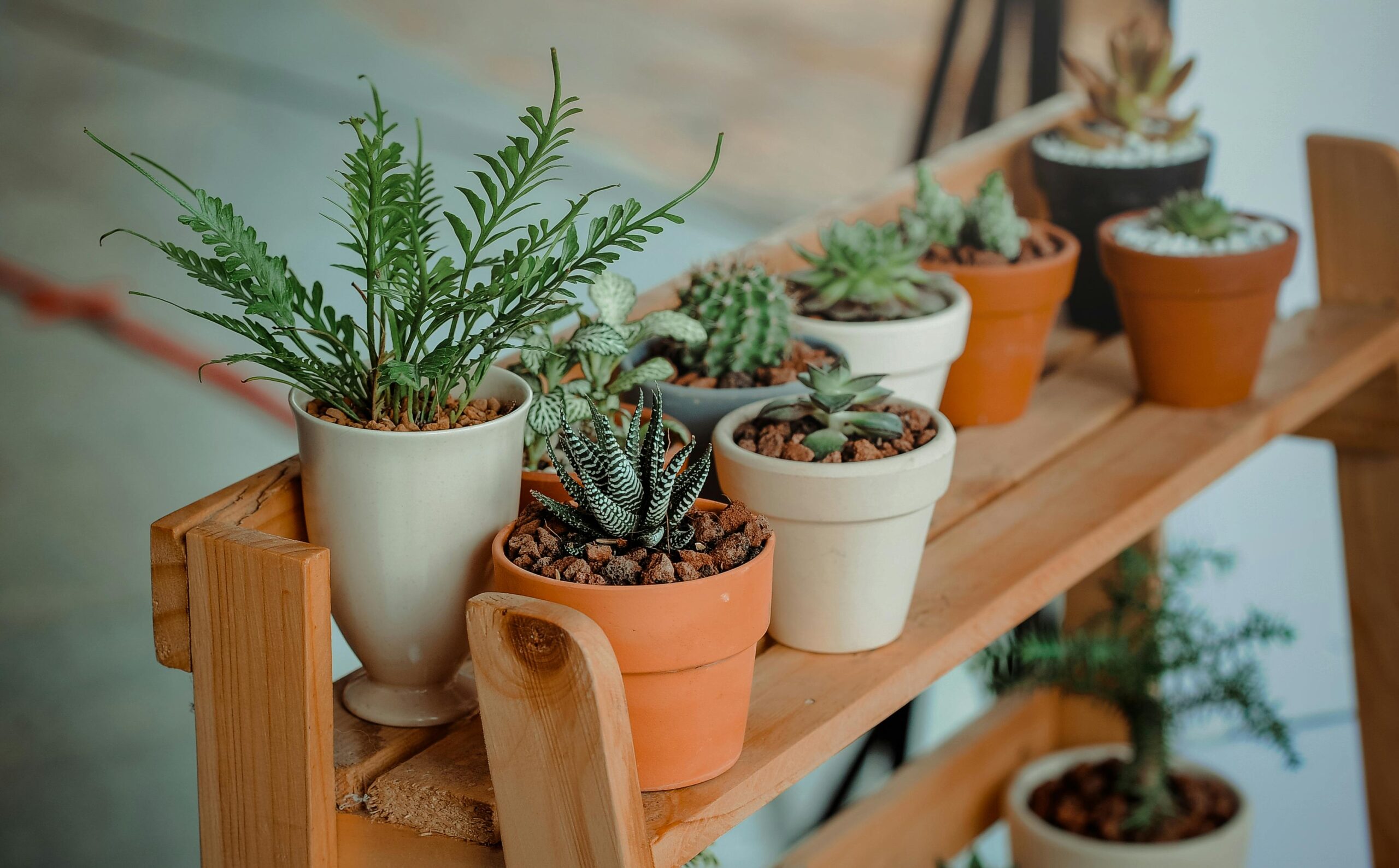Indoor plants are a wonderful addition to any home. They look great, improve air quality, and even lift spirits. Here are some simple tips to help you keep your plants healthy and thriving.
1: Light Needs
Most plants that need bright light should be placed near windows that receive lots of sunlight. If your plants prefer indirect light, use sheer curtains or place them in spots where they get filtered light. Low-light plants are great for rooms with little natural light, like bathrooms or offices with artificial lights.
2: Watering
Always check your plants before watering, and stick your finger in the soil. If the top inch is dry, it’s time to water. Water your plants regularly, but adjust based on their needs. Ensure pots have holes at the bottom to let excess water escape, preventing root rot.
3: Humidity
Use a spray bottle to mist your plants’ leaves. Place a humidifier near your plants, especially in winter. Grouping plants can also help create a more humid environment around them.
4: Temperature
Keep plants away from cold drafts, heaters, and air conditioners. Try to keep the temperature steady to avoid stressing your plants.
5: Feeding and Fertilizing
Use a balanced, water-soluble fertilizer. Feed them once a month during spring and summer, and cut back during fall and winter.
6: Pest Control
Look for pests like spider mites, aphids, and mealybugs. Use neem oil or insecticidal soap if you find pests. Keep infected plants away from healthy ones to stop the spread.
7: Pruning and Cleaning
Trim away any dead or yellowing leaves. Wipe the leaves with a damp cloth to remove dust.
8: Repotting
If you see roots coming out of the pot’s drainage holes or the plant looks too big for its pot, it’s time to repot. Choose a pot that’s one size larger, add fresh potting mix, and carefully transfer your plant.
